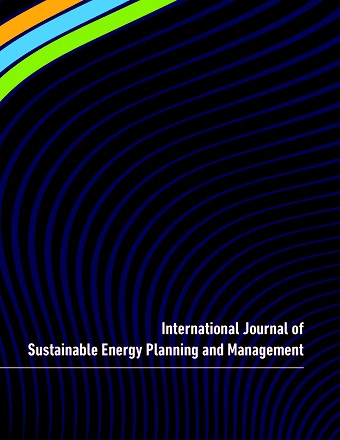Energy system benefits of combined electricity and thermal storage integrated with district heating
Main Article Content
Abstract
In the development towards a smart and renewable energy systems with increasing supply of electricity from fluctuating sources there is an increasing need for system flexibility. In this context the role and need for grid-level electricity storage is debated. Ideally, there would not be a need for storage, but the alternative system flexibility solutions may not cover all the flexibility needs, which will leave a potential for storage of electricity. In this study a compressed heat energy storage (CHEST) is assessed. It combines electricity and thermal storage in one system and can simultaneously benefit electricity and district heating systems. In a technical energy system analysis with the energy system of Germany as a case, a CHEST system is analyzed in different configurations with and without district heating integration. The results indicate that electrochemical storage is more effective than CHEST if district heating integration is not assumed. However, if district heating integration is assumed, CHEST can be more effective in reducing primary energy supply. This applies for district heating based on electrified heat sources, whereas in district heating supplied by combined heat and power plants and fuel boilers, CHEST do not show more effective.
Article Details
Articles published in International Journal of Sustainable Energy Planning and Management are following the license Creative Commons Attribution-NonCommercial-NoDerivs 3.0 Unported (CC BY-NC-ND 3.0)
Authors retain copyright and grant the journal right of first publication with the work simultaneously licensed under a Creative Commons Attribution License: Attribution - NonCommercial - NoDerivs (by-nc-nd). Further information about Creative Commons
Authors can archive post-print (final draft post-refereering) on personal websites or institutional repositories under these conditions:
- Publishers version cannot be stored elsewhere but on publishers homepage
- Published source must be acknowledged
- Must link to publisher version

